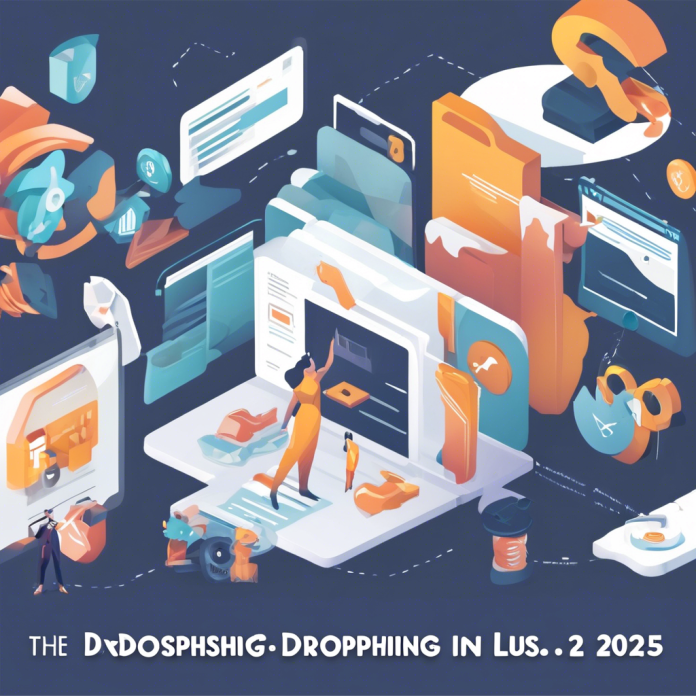Have you ever walked down a city street and noticed a store with no signs, no windows, and no apparent purpose? These mysterious establishments are often referred to as “dark stores,” and they’re becoming increasingly common in urban areas. But what are dark stores, and how do they operate? In this article, we’ll delve into the world of invisible retailers and explore their impact on cities.
The Rise of Dark Stores
Dark stores are essentially warehouses or distribution centers disguised as retail spaces. They’re often located in prime areas, such as downtown shopping districts or trendy neighborhoods, but they don’t appear to be selling anything. Instead, they’re used as fulfillment centers for e-commerce companies, allowing them to quickly and efficiently deliver products to customers in the surrounding area.
How Dark Stores Work
Here’s how it typically works: an e-commerce company will rent a commercial space in a desirable location and use it as a hub for their delivery operations. They’ll stock the space with products, and when a customer places an order, the company will dispatch a courier to pick up the item from the dark store and deliver it to the customer’s doorstep. This allows the company to offer same-day or next-day delivery, which is a major competitive advantage in the world of online shopping.
Benefits of Dark Stores
So, why are dark stores becoming so popular? Here are a few benefits they offer to e-commerce companies:
- Increased efficiency: By locating their fulfillment centers in urban areas, companies can reduce delivery times and costs.
- Improved customer satisfaction: With same-day or next-day delivery, customers are more likely to be satisfied with their shopping experience.
- Competitive advantage: Companies that offer fast and reliable delivery are more likely to attract and retain customers.
Real-Life Examples
Companies like Amazon and Walmart are already using dark stores to power their e-commerce operations. For example, Amazon has opened a number of dark stores in cities across the US, allowing the company to offer same-day delivery to customers in those areas. Similarly, Walmart has launched a grocery delivery service that relies on dark stores to quickly and efficiently deliver fresh produce and other essentials to customers.
The Impact on Cities
While dark stores may seem like a mysterious and even sinister phenomenon, they’re actually having a significant impact on cities. By locating their fulfillment centers in urban areas, e-commerce companies are creating new job opportunities and stimulating local economies. Additionally, dark stores are helping to revitalize underused or abandoned commercial spaces, making cities more vibrant and dynamic.
A New Era in Retail
In conclusion, the rise of dark stores represents a fundamental shift in the way we think about retail and e-commerce. As more and more companies adopt this model, we can expect to see significant changes in the way our cities look and function. While some may view dark stores as a threat to traditional retail, others see them as an opportunity for innovation and growth. One thing is certain, however: the dark store revolution is here to stay, and it’s going to be interesting to watch it unfold.


